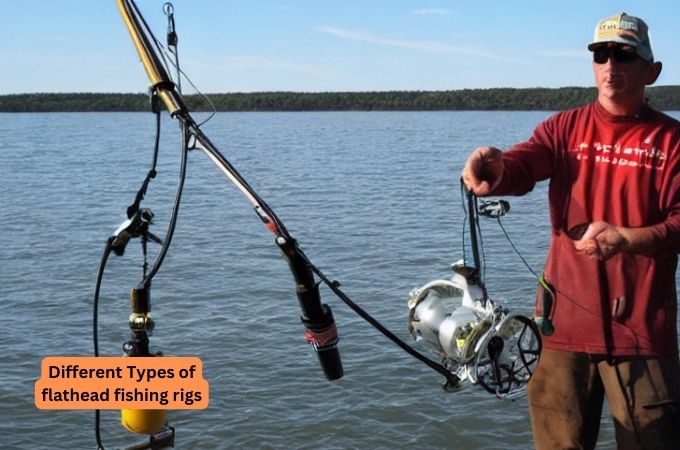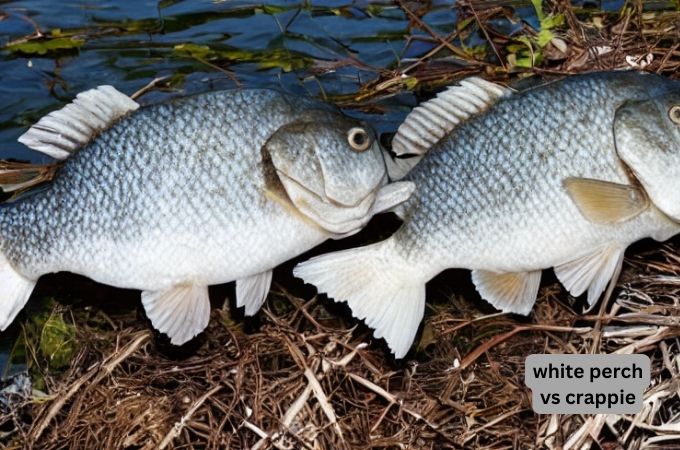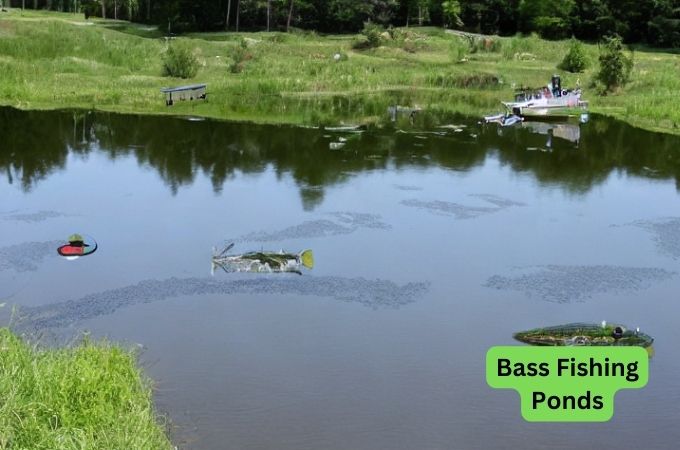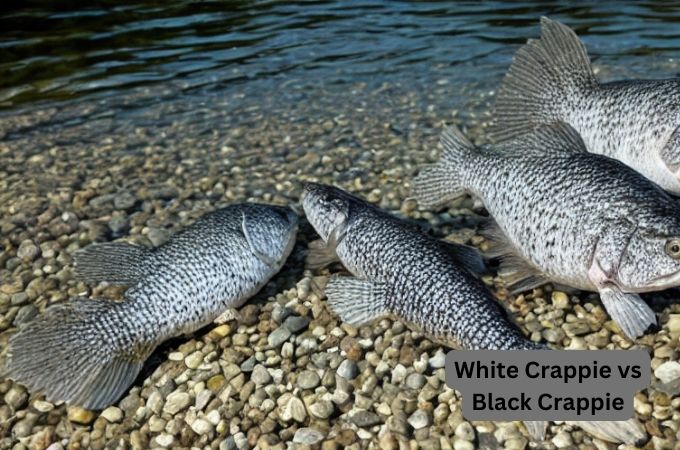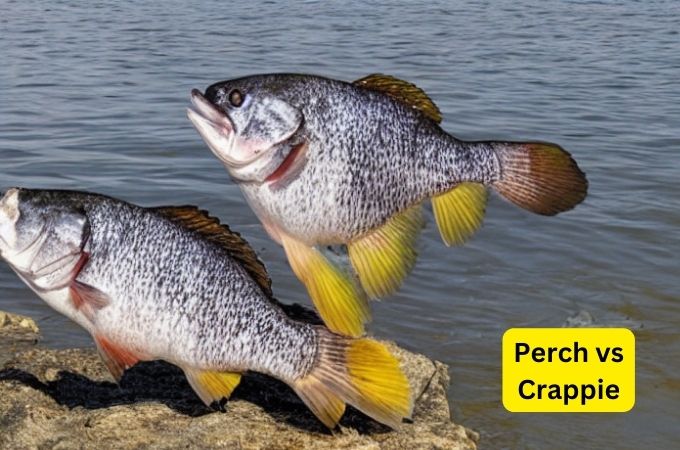Different Types of flathead fishing rigs
Today we discuss Types of flathead fishing rigs. For seasoned anglers and bait-casters, flathead fishing is a tried and true craft that has earned its rightful place amid the world’s most popular sports. If you’re looking to give this art form a try, then you’ll want to make sure you have all the right equipment. A vital part of flathead fishing success lies in rigging your rods correctly; without these rigs set up properly, you may be met with little or no reward when on the water.
To help get started–and stay successful–in your quest for prize, catfish catches, here’s an overview of some basic types of flathead fishing rigs that are essential components of any angler’s tackle box.
8 Types of flathead fishing rigs:
Jighead Rig:
A Jighead rig is a type of fishing rig used for targeting bottom-dwelling species such as flathead, whiting, and bream. It consists of a jighead, usually with a single hook, attached to the end of your line. The jighead weights the bait and allows it to sink to the bottom where these species are commonly found.
To use a jighead rig, simply cast the line out and allow it to sink to the bottom before retrieving it with short jerks of the rod tip. This action imitates a small baitfish moving through the water and triggers strikes from nearby predators. You can also try different retrieves such as hopping or slow winding to vary the presentation and increase your chances of catching fish.
Carolina Rig:
Carolina Rig is a versatile bottom-fishing rig commonly used by anglers. It consists of a leader line, weight, and hook, all attached to the main line with a swivel. The weight is placed near the bait, while the hook is placed farther away to keep it out of cover.
To use a Carolina Rig effectively, cast it out and let the weight sink to the bottom. Use a steady retrieve with occasional pauses to create action on the bait, making it look more realistic. This rig is especially effective for fishing in deeper waters or areas with thick cover.
Drop Shot Rig:
Drop Shot Rigs are a type of bottom fishing technique that makes use of a weight attached to the line and above it, a bait. The weight sinks to the bottom while the bait hangs just above it. To use a Drop Shot Rig, first, attach your rod to your reel then thread your line through the eyelets until you reach the weight. Tie a small loop in the line and attach your weight, then tie another loop just above the weight and attach your bait. Finally, cast your Drop Shot Rig out into the water and wait for the fish to take the bait!
Split Shot Rig:
A split shot rig is a setup used for fishing in which a weight (known as a split shot) is attached to the line and secured at the desired depth. It can be used with bait or lures, allowing anglers to target fish in deeper water.
To use it, attach the split shot weight to your line using a small rubber band just above the bait or lure. Then you can cast the bait out and adjust the weight to get it to the desired depth. Be sure to reel in any slack line for best results.
Fish Finder Rig:
Fish finder rigs are a type of fishing setup used by anglers to locate fish. They consist of a weight at the bottom, with a leader and bait suspended in the water column. The weight carries the rig down to where the fish are located while the bait attracts them into biting. Fish finder rigs can be used in both salt and freshwater.
To use a fish finder rig, attach it to the end of your fishing line, cast the line out into the water, and wait for a bite. Adjust the weight and bait as needed to reach deeper depths or target different types of fish. Reel in regularly to check for bites!
Three-Way Swivel Rig:
A Three-Way Swivel Rig is a type of fishing rig that consists of three swivels and two leaders. The main line connects to one swivel, while the other two swivels are connected to the two leader lines. This allows for multiple baits to be used, providing anglers with more options when fishing.
To use a Three-Way Swivel Rig, attach the desired lure or bait to one of the leader lines and cast out. Then, move the rod tip up and down to create an attractive presentation. Reel in when you get a bite. Enjoy your catch!
Live Bait Rig:
A live bait rig is a type of fishing setup that uses live bait to attract and catch fish. The most common types of rigs involve connecting one or more hooks to the line with swivels, beads, and other materials. The bait is attached to the hook, which allows the angler to cast it further away from shore. Live bait rigs are effective for catching many types of fish, including bass, walleye, crappie, catfish, and more.
To use a live bait rig correctly, make sure the hooks are sharp and baited with an appropriate size of bait. Cast it out to the desired spot and wait for the fish to bite! Reel in slowly when you feel a tug on the line.
Slip Sinker Rig:
A Slip Sinker Rig is a type of fishing rig used for drift fishing. It consists of a sliding sinker or two, with a leader line attached to the bottom and a hook at the top. The weight of the sinker keeps the bait in contact with the bottom while allowing it to move more freely than when using a static rig.
To use the Slip Sinker Rig, simply attach the hook and leader line to the sinker, then cast out and let the weight carry your bait into position. When a fish bites, you can feel it through the line and set the hook. Adjust the sinker weight if necessary for different depths or currents.
Useage Light Lines and Soft Baits for Flathead Fishing:
Light lines and soft baits are effective methods of catching flathead fish. To begin, use a light test line (4-6 lb.) with small size hooks and lures to match the baitfish common in your fishing area. Cast towards structures such as bridge pilings, docks, and weed beds as this is where most flatheads like to hide and ambush their prey. When using live bait, use small minnows or worms on a jig head just heavy enough to keep it submerged. Slow trolling these rigs usually yields the best results for larger trophy-sized flatheads. Make sure to check your local regulations for size limits on fish caught before you begin fishing!
Setting Up Your Flathead Fishing Rig:
Setting up a Flathead fishing rig is fairly straightforward and simple. To begin, you’ll need a fishing rod and reel that is suitable for catching Flathead fish in your chosen location. Make sure to choose the right line weight according to the type of water you are typically fishing.
Next, thread your terminal tackle onto the end of your line; this should include an appropriate-sized hook, sinker, swivel, and bait or lure (depending on which type of Fishing Rig you’re using). Lastly, all that’s left to do is cast it out in front of where you think the flathead may be lurking, then wait for a bite!
5 Tips for Finding the Right Locations to Fish for Flatheads:
- Determine flathead fishing depth: Flatheads prefer deeper, slower waters such as deep pools, backwaters, and creeks. If you’re targeting flatheads in rivers, look for slow-running areas with plenty of logs or other structures providing cover.
- Pay attention to the water temperature: Flathead catfish prefer slightly warmer waters so be sure to check the water temp before fishing. Generally, they are most active when the water is between 65-85°F (18-29°C).
- Scout for physical features: Look for shallow cut banks and depressions in deeper sections of river bends that can act as ambushes where predators wait for unsuspecting prey to pass by. Deep holes with nearby submerged tree stumps are also excellent spots for finding big flatheads since they provide cover and an abundance of food sources like crayfish, frogs & small fish hiding beneath them.
- Change up bait selection: Flathead catfish have an incredible sense of smell and taste so don’t be afraid to try different types of baits depending on what’s available locally – worms, nightcrawlers & leeches work well along with a variety of prepared baits like stink bait or chicken liver/blood bait mixtures.
- Keep your gear sharp: Make sure all your equipment is properly maintained and tuned before going out on any fishing trip – this includes keeping hooks sharpened regularly to ensure a good hook set when you get a strike!
faqs for Types of flathead fishing rigs:
Setting up a flathead fishing rig is fairly simple. Start by tying your leader line (usually mono or braided) to the main line, then tie on two or more hooks with smaller swivels spaced evenly between them. Finally, add some weight at the bottom of the rig and add bait to each hook.
Live baits such as worms, shrimp, or small minnows work best for flathead fishing rigs. If you’re using dead or frozen bait, anglers recommend using squid strips and cut pieces of fish or prawns.
That depends on the type of fish you’re targeting. Single hooks work best for larger fish like flatheads, while smaller fish prefer multiple hooks as they can find food in different areas of the water at once.
The spacing of the hooks will depend on the size and type of bait you’re using. Generally speaking, it is recommended to keep your hook spacing between 6-10 inches apart.
Lead weights are the most commonly used for flathead fishing rigs, but you could also use a variety of other types such as egg sinkers or bullet weights.
The length of your leader line should depend on the size and type of bait you’re using, as well as the depth of the water you’re fishing in. A good starting point is 3-4 feet.
Monofilament or braided line are both popular choices for flathead rigs. Monofilament is great for casting and is slightly less visible in the water, while the braided line is more durable and provides good abrasion resistance.
If your rig is properly set up, you should be able to feel the weight of the bait as it moves through the water. You may also see bites or movement on the line as fish take an interest in your bait. Additionally, you can use a meter to measure the depth of your rig and track how deep it’s set.
